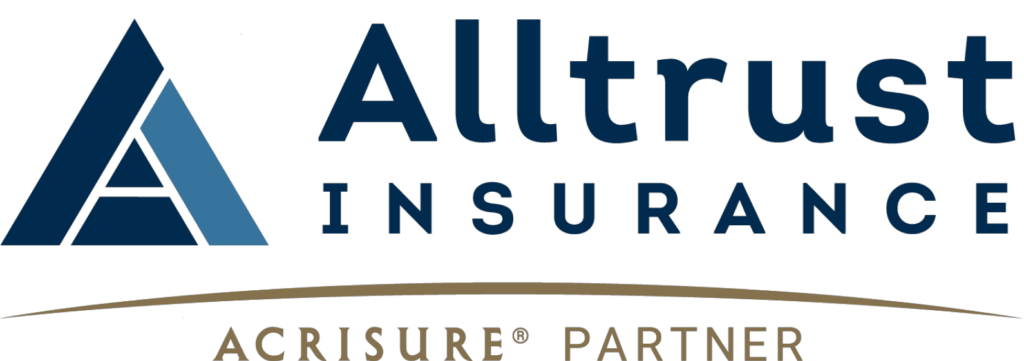How to Accommodate Both
The pandemic caused companies everywhere to adhere to unprecedented safety measures overnight. One of the many significant challenges companies faced was the location of the workspace. Employees had to transition to a remote or hybrid setting, and many companies decided to keep this type of workplace environment as a permanent option. It’s become commonplace for companies to have employees work remotely, hybrid, and/or on-site.
The way companies handle the open enrollment season had to be modified and readjusted to meet the changing needs of the workforce. The disbursement of information had to be tailored to comply with both remote and on-site employees. As with most things, there are pros and cons to executing a successful open enrollment virtually or in person. This blog will cover the benefits and constraints of conducting open enrollment for remote and on-site employees.
Why Open Enrollment is Important
For employers, it’s an opportunity to review and evaluate benefits. This time allows employers to make any adjustments to the insurance options, get employee feedback, and potentially save money. The open enrollment season is one of the few times employers can make changes to their insurance offerings; if not taken seriously, the employer will be stuck with a possible overpriced plan while underinsuring employees. Another consequence will be federal penalties if done improperly: missed deadlines, incorrect forms, and passed-over tax credits.
For employees, it’s also an opportunity to review benefits. Employees have the open enrollment season to make any insurance plan changes, enroll for the first time, or drop coverage altogether. If an employee misses the deadlines, they might be unable to make any changes until the following year unless a major life event occurs. The open enrollment season should also be a time for employees to communicate their feedback relating to insurance plans and benefits packages.
Perks of Remote Enlistment
Although it might not be ideal for every company to conduct open enrollment completely virtual, it does offer flexibility and opportunities for employers and employees. Here are some different pros:
- Can be done at employees’ own pace
- Able to opt-in to necessary sessions
- Easy for employers to track engagement
- Capability to pre-record informational sessions
- Gives employees a chance to give feedback anonymously
- Can accommodate employee’s schedules
- Equipped to offer instant feedback
Perks of On-site Enlistment
Operating an entirely in-person open enrollment is optimal. One of the many advantages is the ability to incorporate digital information with on-site amenities. Here are more positives of an on-site open enrollment:
- Better ability to conduct everything hands-on
- Can also include virtual sessions
- Encourages more collaboration, communication, and discussions
- Able to distribute hard and digital copies
- Employers can address concerns directly and immediately
- Easier to physically remind employees of deadlines
- Boosts engagement
- Technical difficulties won’t be dire
- Can host in-person benefit fairs
Restrictions of Remote Enlistment
Conducting open enrollment fully remote comes with a few challenges. The top disadvantage is the ability of every employee to grasp the details of their plans virtually fully. Some people perform and comprehend information easily when in person. There are a few more limitations:
- Can experience technical difficulties
- Lack of employee attention and participation
- Difficult to remind employees of deadlines
- Laborious to distribute all necessary information
- Employees might need more hands-on communication
- Can be confusing for the non-tech savvy
- Concerns about data security
Restrictions of On-site Enlistment
While having open enrollment completely in person is ideal, it does have its own set of drawbacks:
- Hybrid employees might not participate
- Can be difficult to accommodate the entire staff
- Might have to conduct numerous meetings to assist everyone
- Hard to manage individuals
- Potentially laborious for the person conducting meetings
- Employees might not feel comfortable speaking up
Virtual and In-person Solutions
Understanding the pitfalls of hosting open enrollment, either virtual or in person, is the first step in collaborating on possible solutions. Regardless of the location, creating a calendar or schedule is imperative to keep everything running smoothly and minimize the possibility of missing any deadlines. A calendar or schedule can accommodate both remote and on-site employees.
Another imperative solution is offering one-on-one time. Employees might have further comments or sensitive concerns and need a confidential setting. Implementing the right tools and forms of communication is also vital. Our previous blogs have suggested a few of the tools and technology options available.
A few more elements that employers can implement both virtually and in person:
- Expanded the enrollment period
- Create a checklist
- Highlight one benefit per week
- Conduct a survey or questionnaire
- Hire an agency
- Offer extra support
- Promote engagement
Have a Great Open Enrollment with Alltrust
Open enrollment doesn’t have to be as daunting as it seems. Adapting to the ever-changing workplace has been a challenge for companies over the past few years. With all these changes, open enrollment might be on the back burner for some. Alltrust Insurance is here to help employees and employers make the best out of open enrollment. Our team of experts can create schedules and curate ideal plans that benefit everyone. Contact us today to learn more about our services and how we can help you have a great open enrollment experience.




